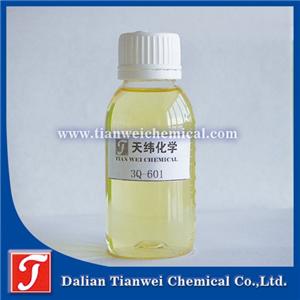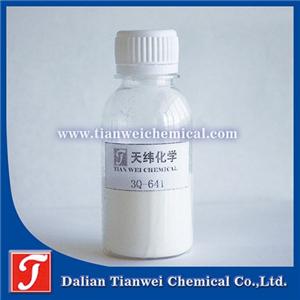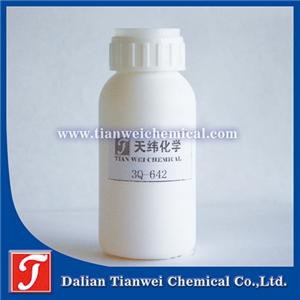The application of antibacterial agents in TPE films
The application of antibacterial agents in TPE films has become an important technical path to improve the hygiene performance of materials and expand application scenarios. It shows significant advantages in ensuring health and increasing the added value of products. The following analysis is carried out from the aspects of application scenarios, technical key points and industry impact:
I. Core Application Scenarios
The field of medical health
Medical consumables: Antibacterial TPE films are used in infusion bags, urinary catheters, surgical gloves, etc., which can reduce the risk of infection. For instance, TPE films with silver ion antibacterial agents added have an antibacterial rate of over 99% against Staphylococcus aureus, meeting the biocompatibility requirements of medical devices.
Rehabilitation equipment: The application of TPE films biocide in products such as orthotics and care pads can reduce cross-infection and enhance the safety of use.
Consumer electronics and the automotive industry
Wearable devices such as smartwatch straps and fitness bands are made of antibacterial TPE film, which can inhibit the bacteria that breed through sweat and enhance the user experience. For example, the antibacterial rate of TPE films with quaternary ammonium salt antibacterial agents on Escherichia coli exceeds 98%.
Automotive interiors: Antibacterial TPE films are used in steering wheel covers, seat fabrics, etc., which can reduce the concentration of microorganisms inside the vehicle. Tests on a certain model show that after using antibacterial TPE film, the bacterial interception efficiency of the air conditioning filter core has increased by 40%.
Food packaging and agriculture
Modified atmosphere packaging: Antibacterial TPE film combined with ethylene absorbent is used for the preservation of fruits and vegetables, which can extend the shelf life and inhibit pathogenic bacteria. For instance, in asparagus packaging, the antibacterial TPE film reduces the total number of colonies by two orders of magnitude.
Biodegradable mulching film: TPE/PLA composite film with chitosan based antibacterial agent added can inhibit the reproduction of soil pathogenic bacteria and reduce the incidence of tomato bacterial wilt.
Ii. Technical Key Points
Selection and dispersibility of antibacterial agents
Inorganic antibacterial agents: Silver ions, zinc oxide, etc. have long-lasting antibacterial properties, but the agglomeration problem during the processing needs to be solved. For instance, by using nanoscale technology to control the particle size of silver ions below 10nm, the dispersibility can be enhanced.
Organic antibacterial agents: Quaternary ammonium salt compounds have a fast sterilization speed, but their thermal stability is relatively poor. The temperature resistance can be enhanced through microcapsule coating technology to meet the processing requirements of TPE films.
Synergistic effect: The silver-zinc composite antibacterial agent combines the advantages of both, demonstrating higher antibacterial efficiency and durability in medical-grade TPE films.
Processing technology optimization
Blending modification: The antibacterial agent is blended with the TPE matrix through a twin-screw extruder, and the screw speed and temperature gradient need to be controlled. For example, when preparing the film of infusion bags, a three-stage temperature control (160℃-180℃-190℃) is adopted to ensure the uniform dispersion of antibacterial agents.
Surface coating: Suitable for post-processing antibacterial treatment. The adoption of plasma pretreatment technology to enhance the surface energy of TPE films can improve the adhesion of silver nanoparticle coatings.
Masterbatch technology: By combining antibacterial agents with carrier resins to produce high-concentration masterbatches, the problem of uneven dispersion caused by direct addition can be solved.




